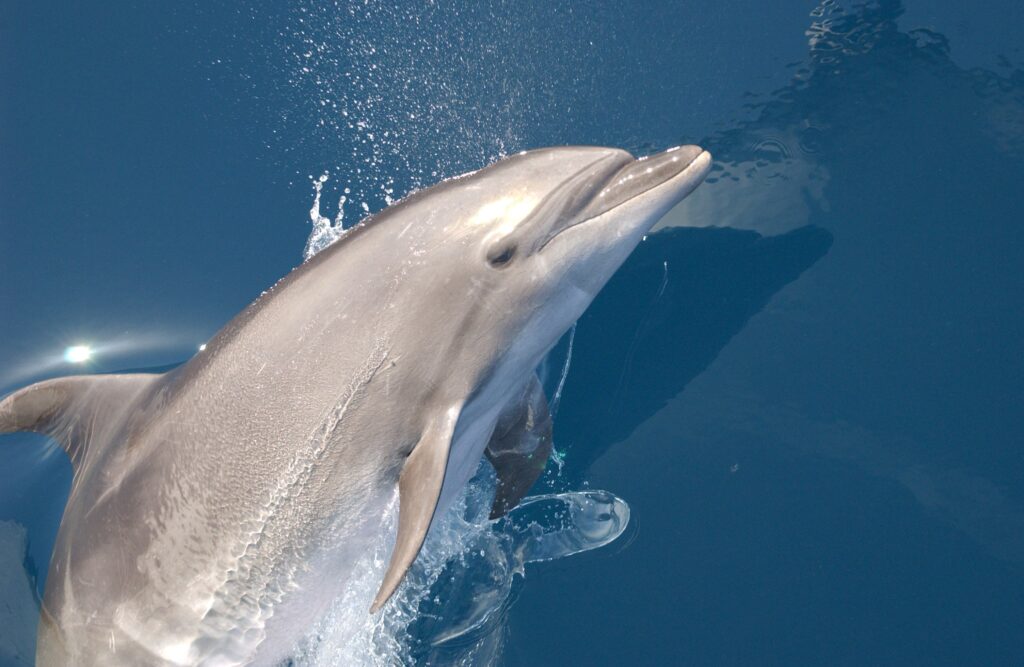Few topics spark as much controversy in the world of zoos and aquariums than that of keeping marine mammals in captivity, particularly when it comes to training these animals. Driven by high-profile incidents of both animal and human deaths at major facilities like SeaWorld, many animal rights advocates campaign for the release of marine mammals from captivity and the ending of programs that use animals for entertainment purposes. However, these activists often fail to consider the scientific breakthroughs that have been made possible only through the active, voluntary participation of trained marine mammals in scientific research. Training animals to voluntarily participate in experiments allows scientists to test variables that would be impossible to study in a wild population, as well as to study aspects of animal physiology and behavior that cannot be studied in dead specimens. The findings from these studies can then be used to the benefit of wild populations by informing conservation actions and helping scientists understand how these animals may respond to changes in their environment.
An excellent example of such a study involving trained marine mammals in aquaria is a study conducted using trained dolphins to understand how toothed whales, or odontocetes, hear. For years, there had been debate in the scientific community as to whether odontocetes hear through their external auditory meatus (an ear-like structure), or through their lower jaws as indicated by some experiments conducted using preserved skulls. To test the hypothesis that odontocetes hear through their lower jaw, researchers trained bottlenose dolphins to perform basic retrieval tasks, where an object would be randomly placed in the water and the animal had to find it and bring it back to the trainer. The dolphins were then trained to perform this task blindfolded, such that they were locating the object only through echolocation. Finally, the dolphins were trained to wear a neoprene “hood” which covered their lower jaw preventing sound from passing through. In the studies, the dolphins wearing the sound-suppressing hood showed significantly reduced performance in the blind retrieval tasks, indicating that their echolocation abilities were impaired by the blockage of sound to the lower jaw, and thus providing strong evidence that odontocetes hear through their lower jaw. This information is an essential aspect of odontocete physiology, yet scientists could only recently find the answer to this question because there was simply no way to do so using wild populations.
As previously mentioned, the dolphins’ participation in the study was entirely voluntary, meaning that they had to approach the trainers and allow the equipment to be put on them, as well as choose to perform the behaviors that were asked of them. Additionally, they were trained only using positive reinforcement, meaning that behaviors were taught simply by rewarding desired behavior, and not rewarding undesired behaviors. Together with voluntary participation, positive reinforcement training ensures that the welfare of the animals is looked after by essentially giving them the choice to perform which behaviors they desire, and creating positive associations with both the trainers and with the study equipment and behaviors. Though some people may still argue that keeping marine mammals in captivity is bad for the animals, it is important to remember that the very small number of animals kept in captivity are able to have a massive impact on the much larger wild populations by participating in research to answer questions about these animals that could not be answered any other way.
